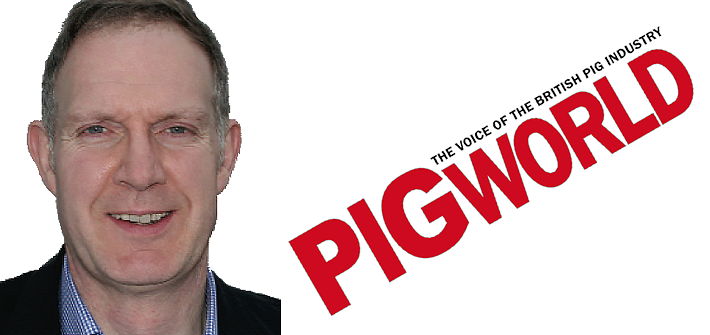It’s always interesting to see what the supermarkets think is best for their suppliers, and the latest example of this was revealed at the Royal Highland Show in June, where the Co-operative launched what it described as a progressive scheme to monitor and manage environmental impact and efficiency among its dedicated farming groups.
The Co-op Enviro-Map programme will, during the next three years, carry out carbon footprint assessments and biodiversity surveys across six main produce sectors. The data will then be processed to generate individual farm reports that will allow farmers to benchmark the performance of their business and make decisions to improve efficiency and reduce environmental impact.
According to the retailer, the Co-op Enviro-Map – which will be carried out in collaboration with agri-environment specialist Alltech E-CO2 – will cover farms supplying dairy, beef, lamb, chicken, pork and eggs, and will add a positive, significant new dimension to its existing farm support and liaison.
“It’s an initiative that will really help our dedicated suppliers improve the efficiency and profitability of their businesses,” the company’s Ciara Gorst said. “More than that though, it gives assurance to our customers that we understand how important environmental impact is, alongside British provenance and quality, while showing how we work closely with suppliers to achieve high standards across all these elements.”
The assessment process is carried out through self-entry into a bespoke web-portal and should only take about one hour to complete. Training is being provided through workshops and meetings, and there will be on-going support available to assist farmers.
The new programme will sit within the Co-op’s existing Agricultural Pillars initiative that already defines standards and incentivises performance across its farming group members. It will involve about 400 farm assessments each year. The information generated will be used to provide more general advice and support to dedicated suppliers and will also be used to educate and inform Co-op customers. It will even allow broader benchmarking across sectors.
It’s this cross-sector aspect that interests me most as pig production has a positive story to tell here. The most efficient pig units aren’t that far behind poultry these days, and pork and chicken are both far ahead of the grass-munching methane machines! It may appear that sheep roaming marginal hill land are a good way of producing meat, but it’s literally a case of three steps forward and two steps back – all that walking around looking for grass burns up almost as many calories as they take in.
But back to the point, and the big question here is whether the comparitive information will sway consumers towards more sustainable foods? You’d have to assume that’s the ultimate aim or there’s little point in the exercise – and that should have the beef and sheep sectors very concerned indeed.




